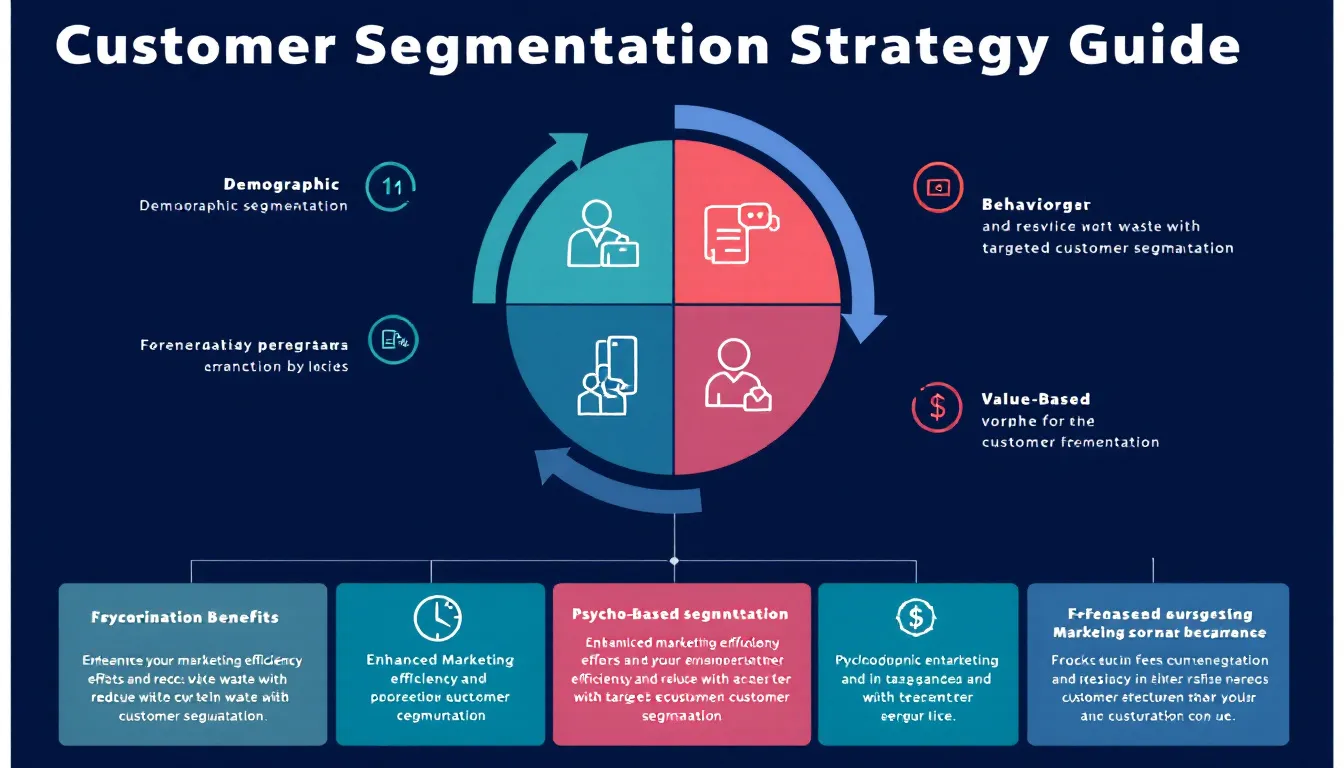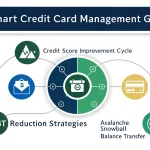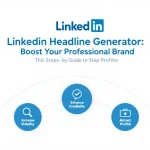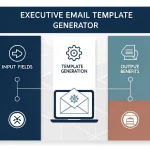Is this tool helpful?
How to Use the Customer Segmentation Strategy Generator Effectively
This tool helps you create clear, actionable customer segmentation strategies by analyzing your business data and goals. Below is a detailed guide on completing each input field with relevant examples to maximize the value of your generated strategy.
Field-by-Field Instructions
-
Type of business or industry: Enter a precise description of your business sector. Make it specific to improve targeting.
- “Specialty coffee roaster selling directly to consumers and cafes”
- “Online marketplace for handmade home decor”
-
Available customer data: Provide all relevant customer information you collect to help the tool identify meaningful segments.
- “Customer demographics, repeat purchase rates, cart abandonment statistics, website session duration”
- “Subscription plans, customer feedback scores, login frequency, referral sources”
-
Primary business objectives: Clearly state your main goals so the tool can tailor segmentation strategies accordingly.
- “Expand into the urban millennial market, improve customer loyalty, increase average order value”
- “Boost trial conversions, lower churn rates, grow brand awareness in small businesses”
-
Products or services offered (optional): List your key offerings to add context to segmentation, though this field is not required.
- “Artisanal coffee blends, brewing equipment, subscription boxes”
- “Custom handmade furniture, interior design consultations”
-
Sales and marketing channels (optional): Mention where you sell and promote your products to enhance segmentation relevance.
- “Instagram shop, pop-up retail events, email newsletters”
- “E-commerce website, trade shows, partner retail stores”
Introduction: What the Customer Segmentation Strategy Generator Does
The Customer Segmentation Strategy Generator is a powerful online tool that helps you divide your customer base into meaningful groups based on your business data and objectives. By understanding your customers’ shared characteristics, behaviors, and preferences, you can create focused marketing strategies that increase engagement and revenue.
Using your inputs, this tool analyzes demographic, behavioral, and psychographic factors to propose customized segmentation approaches. These strategies improve your marketing efficiency, enhance customer experiences, and guide growth opportunities.
Key Benefits of Using This Customer Segmentation Tool
- Optimize marketing spend: Target your campaigns precisely to reduce waste and improve ROI.
- Enhance personalized messaging: Craft offers that speak directly to each segment’s needs.
- Improve product recommendations: Align your products or services with specific customer preferences.
- Identify high-value customers: Focus your efforts where they yield the greatest impact.
- Discover new market opportunities: Spot underserved or emerging segments worth targeting.
Practical Usage of the Customer Segmentation Generator
This tool works by processing your business and customer inputs through an analysis system hosted on the server. It generates detailed segmentation strategies tailored to your unique situation, making it ideal for marketing teams, business owners, and analysts.
Example: Applying the Tool for a Digital Marketing Agency
- Business Type: “Digital marketing agency specializing in small to mid-sized tech startups”
- Available Customer Data: “Client industry verticals, project budgets, campaign performance metrics, client retention rates”
- Primary Business Objectives: “Increase recurring client contracts, improve client acquisition, expand into healthcare startups”
- Products / Services: “SEO plans, PPC management, content marketing”
- Sales and Marketing Channels: “LinkedIn outreach, industry webinars, email marketing”
The tool would generate distinct customer segments such as:
- Tech Enthusiast Startups: Smaller, early-stage companies with limited budgets focused on rapid growth.
- Established Mid-market Clients: Mid-sized firms with stable budgets interested in comprehensive digital strategies.
- Healthcare Innovators: Startups in healthcare sectors requiring compliance-focused marketing.
Each segment would come with tailored marketing approaches, budget allocation tips, and communication styles, all designed to improve client acquisition and retention.
Step-by-Step Implementation Framework
- Analyze your customer data: Review data patterns and identify key variables that influence buying behavior.
- Develop targeted strategies: Create specific value propositions and marketing messages for each identified segment.
- Deploy and monitor: Implement the segmentation strategy in your marketing campaigns, track results, and adjust as necessary.
Understanding Customer Segmentation Fundamentals
Customer segmentation breaks your customer base into groups sharing similar traits to improve focus and effectiveness. These traits include:
- Demographic Segmentation: Age, gender, income, education.
- Behavioral Segmentation: Purchase patterns, product usage, brand interactions.
- Psychographic Segmentation: Lifestyle, values, personality traits.
- Value-Based Segmentation: Customer profitability, loyalty, potential.
- Engagement Levels: Interaction frequency across marketing channels.
Customer Segmentation FAQs
Q: How often should I update my segmentation strategy?
Update your segmentation strategy quarterly or when you experience significant changes in customer behavior or market trends. Staying current keeps your strategies relevant.
Q: What size customer base do I need for effective segmentation?
You can segment any size customer base effectively if your data is accurate and relevant. Quality matters more than quantity.
Q: How many segments should I create?
Aim for 3 to 7 segments. This range balances granularity with manageable marketing efforts.
Q: Can I use this tool for both B2B and B2C businesses?
Yes, this tool is designed to support both business models by adapting suggestions based on your inputs.
Q: How do I prioritize which segments to focus on first?
Target segments with the highest revenue potential, alignment with business goals, and ease of access.
Q: What types of customer data are most valuable?
Prioritize purchase history, engagement metrics, demographic details, and behavioral data to generate meaningful segments.
Important Disclaimer
The calculations, results, and content provided by our tools are not guaranteed to be accurate, complete, or reliable. Users are responsible for verifying and interpreting the results. Our content and tools may contain errors, biases, or inconsistencies. Do not enter personal data, sensitive information, or personally identifiable information in our web forms or tools. Such data entry violates our terms of service and may result in unauthorized disclosure to third parties. We reserve the right to save inputs and outputs from our tools for the purposes of error debugging, bias identification, and performance improvement. External companies providing AI models used in our tools may also save and process data in accordance with their own policies. By using our tools, you consent to this data collection and processing. We reserve the right to limit the usage of our tools based on current usability factors.







